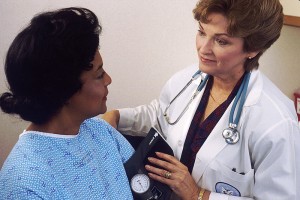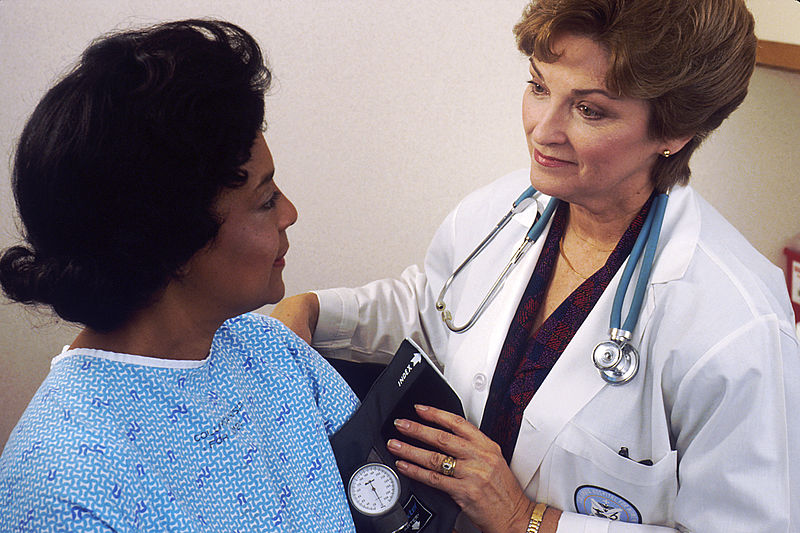More than 75% of people who meet the criteria for prediabetes did not receive any intervention or treatment from their physicians, according to a recent study. Find out who they’re missing and why.
Less than one-quarter of patients who met the criteria for prediabetes received drug or lifestyle modification treatment from their primary care physician, according to University of Florida researchers, who say the findings indicate physicians are missing opportunities for diabetes prevention.

The study appeared in the Tuesday, March 8, 2016 issue of the Journal of the American Board of Family Medicine.
More than a third of U.S. adults have prediabetes, which is defined as having blood glucose concentrations higher than normal, but not high enough for a diabetes diagnosis.
People with prediabetes have a greater risk of vascular problems, kidney disease, and nerve and retinal damage.
Continue Reading Below ↓↓↓
“We know that prediabetes is considered one of the biggest risk factors for the development of diabetes, with estimates ranging from 15 to 30 percent of people with prediabetes developing diabetes within five years,” said lead investigator Arch G. Mainous III, Ph.D., chair of the department of health services research, management and policy in the UF College of Public Health and Health Professions, part of UF Health. “We also know that 90 percent of people who have prediabetes don’t know they have it. So the question becomes where is the doctor in all this? Is the doctor identifying people with prediabetes, telling them about it and providing treatment? That’s what we wanted to find out.”
The UF study analyzed data from the 2012 National Ambulatory Medical Care Survey, a survey of physician office visits that allows for national estimates of U.S. medical care.
The researchers studied visits to general, family or internal medicine providers by patients age 45 years and older who had physician-ordered blood tests done within the past 90 days.
About 34 percent of the patients had a blood glucose level between 5.7 and 6.4 percent, which the American Diabetes Association considers prediabetes.
Of those patients, very few were told they had prediabetes, and only 23 percent received treatment for the condition, such as lifestyle modification counseling or drug therapy, as indicated in their medical records.
Low rates of prediabetes diagnosis and treatment might be expected when physicians don’t have patients’ blood test results available, Mainous said, but patients in this study had undergone recent blood tests.
“Even with blood test results in front of them, physicians weren’t detecting prediabetes in their patients in terms of making a diagnosis or providing some sort of management or treatment,” said Mainous, the Florida Blue endowed chair of health administration.
Mainous is currently conducting a survey of several thousand family physicians to understand the reasons why patients aren’t receiving prediabetes treatment, whether it is doctors’ lack of knowledge about prediabetes guidelines, some aspect of the patient-provider relationship or a reluctance to “overmedicalize” a condition that has not yet progressed to a disease.
“One of the keys to diabetes prevention is detection and management of people with prediabetes,” Mainous said. “Identifying people with prediabetes and getting them some sort of treatment has been shown to be effective for slowing the progression to diabetes or stopping it altogether, and that is the goal of prevention. We don’t want to manage half the population with diabetes. What we want to do is keep them from getting diabetes.”
The study was funded in part by a grant from the Leicester City Council in the United Kingdom. Co-authors include Rebecca Tanner, M.A., a research coordinator in the department of health services research, management and policy, and Richard Baker, M.D., a professor of quality in healthcare at the University of Leicester department of health sciences.
Continue Reading Below ↓↓↓
Source: University of Florida (original article)
Journal: Journal of the American Board of Family Medicine
Photo: Bill Branson











